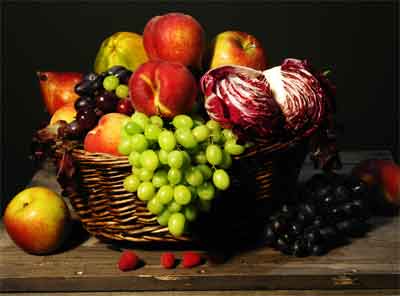

Letters is a series of one minute films that can be shown in any sequence.
It can be exhibited in several ways: as a screening in a cinema, with or without a live "MC;" as an interactive installation with a custom designed interface; as individual films (e.g. interludes on television); and there are other possibilities too. As an installation or a screening with a live MC, the series is interactive in the dumbest sense -- you choose a letter and a short film appears. The idea is that the individual one minute pieces crash against each other in new ways each time they are shown. Each piece can stand alone; shown together, themes and obsessions emerge.
Here is an example of the menu: members of the audience shout out the letter-film they'd like to see next. (password: fifty).
The films are exhibited in LimoHD: a proprietary moving image playback format developed in collaboration with Isaac DImitrovsky. LimoHD movie files play uncompressed, in full color and high resolution, stored as individual frames on an array of hard drives.
One way to understand Letters is to think of a visit to an art museum. It includes pieces in all the traditional categories: portrait, still life, landscape, narrative, animals, eroticism, self-portrait, with the difference that each is a moving image work, one minute long (to the frame), generating (in the vaguest and broadest sense) a letter of the alphabet.
One inspiration for Letters is the work of filmmaker Hollis Frampton. His films made in the early 1970s were formative for our understanding of the value and power of the medium beyond its use as a vehicle for conveying narrative. Letters is partly intended as an homage to the work of one of the greatest filmmakers of the 20th century.
Letters also honors the performance tradition associated with independent film -- for 50 years filmmakers have traveled with their work, just as 100 years ago filmmakers like the Lumiere Brothers would travel to a town and set up their cinema tent. Letters continues this performative aspect of the independent film tradition by allowing viewers to determine the sequence of the films during the presentation. The byproduct of this process is a significant degree of indeterminacy. It is accepted that the meaning of a moving image work is a function of its overall montage, and for this reason traditionally filmmakers take enormous care with the sequence, the temporal structure, of their work. For Letters I abdicate that responsibility, allowing different meanings to emerge each time it is shown, and it is in this sense that the work is inspired by the ideas of John Cage.
The installation of Letters for the Media Miniatures show, curated by Christina Yang in 2006, uses a physical interface comprised of Sensacell sensors mounted on a translucent board designed by artist Johnna MacArthur; and a new installation was designed and programmed by Isaac Dimitrovsky for the CCCB show in Barcelona in 2008, in which the letter films are screened in a order determined by passages randomly drawn from the Tractatus Logico-Philosophicus by Ludwig Witgenstein. Letters includes sound design by Nick Weiss, music by Cas Weinbren, and guest appearances by Manuel De Landa, Nicole Farmer (as the biblical Judith) and big cat movie stars from Hollywood Animals Inc.
PASSWORD: fifty
B (bad language) from grahame weinbren on Vimeo. Obscene language from the Bush era put into the mouth of a child. |
U Boot from grahame weinbren on Vimeo. Boots and bare feet from below. Digital mud. |
P "Do You Remember ... ?" from grahame weinbren on Vimeo. "P" is one of the several still lives that serve as rest points throughout "50 Letters." The poem on the soundtrack."Tarantella" by Hilaire Belloc, echoes a theme that runs throughout the piece. |
16 Letters at Tribeca Film Festival (2006) from grahame weinbren on Vimeo. This is a (very rough) documentation of part of the presentation of "16 Letters" at the Tribeca Film Festival in 2006. |